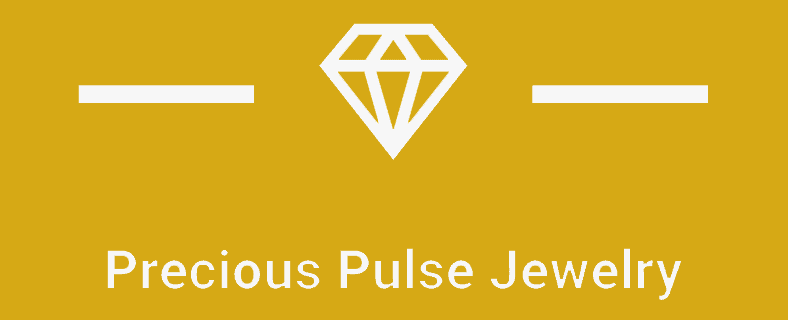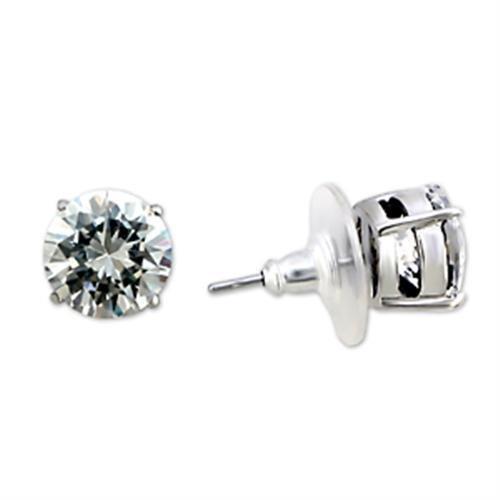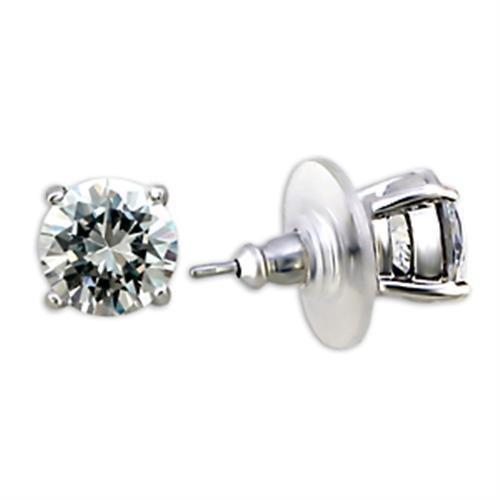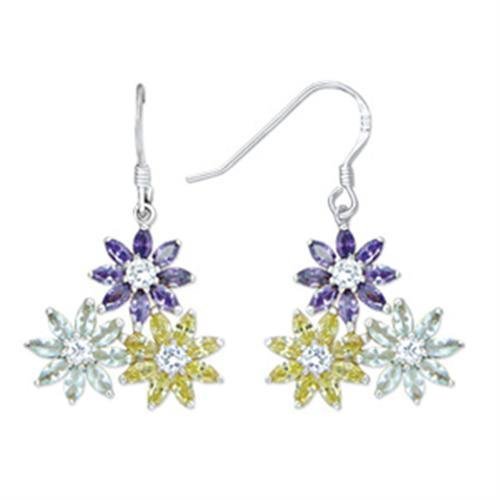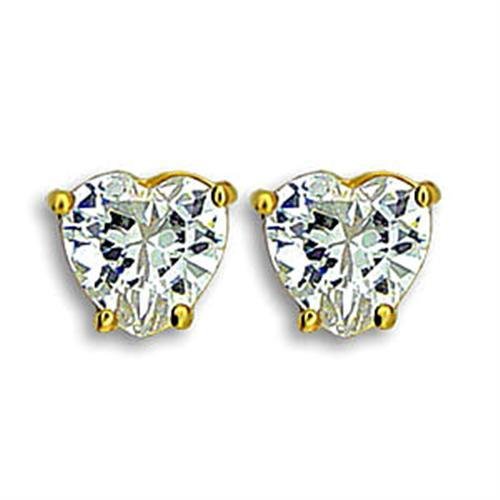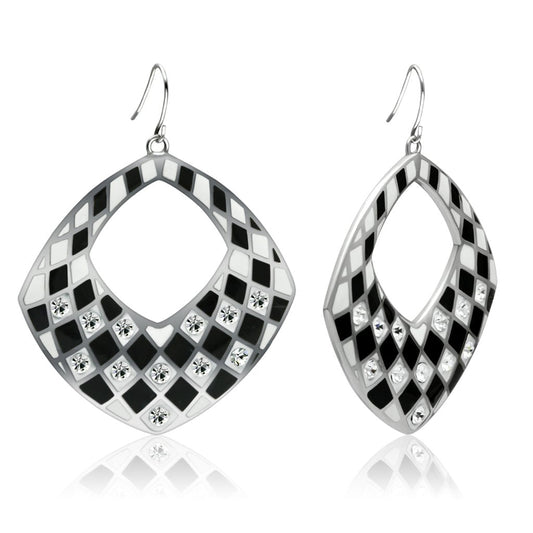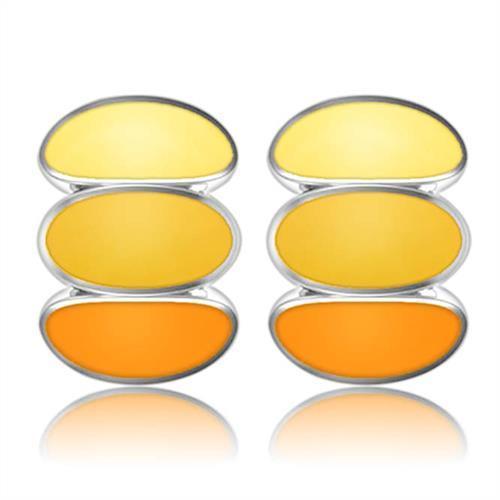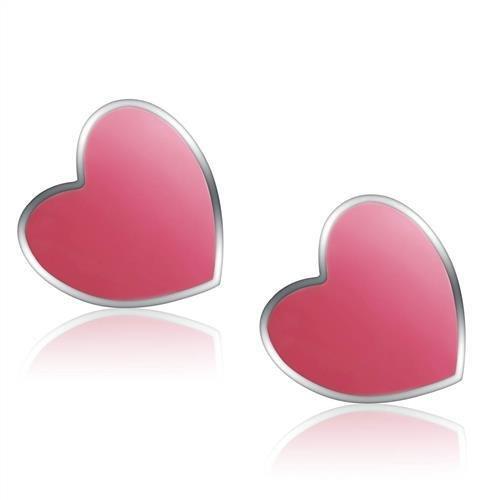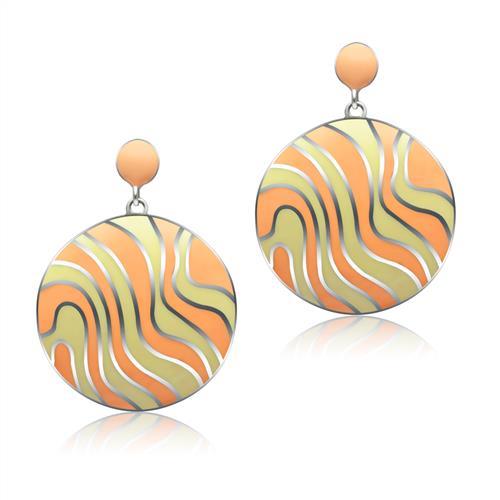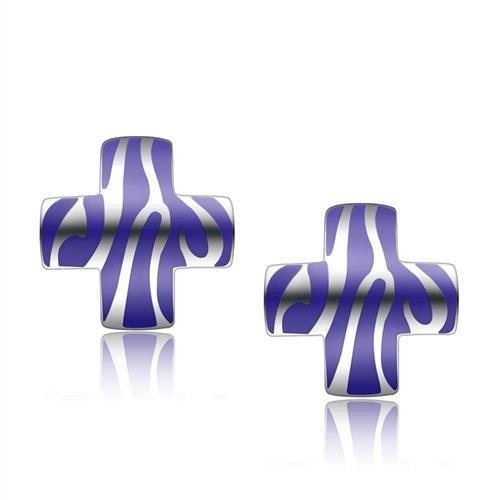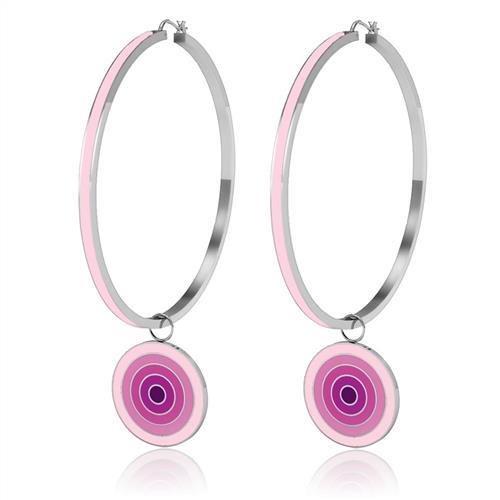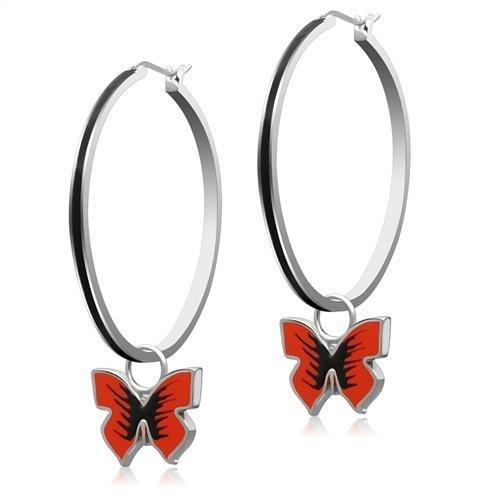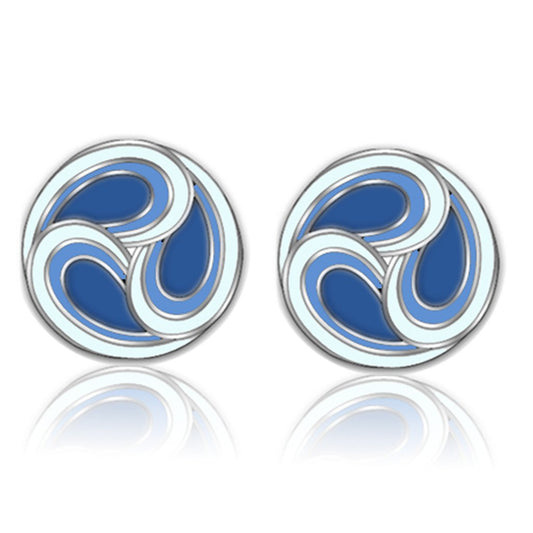Finding your ring size at home is simpler than you might think. Whether you're treating yourself or surprising someone special, you can get a reliable measurement with one of two easy methods: using a strip of paper or a piece of string, or by measuring a ring you already own that fits perfectly.
The key to success is getting a precise measurement in millimeters. Once you have that number, you can use a standard ring size chart to find your perfect fit. This simple step is the secret to choosing a ring that feels comfortable, looks great, and stays securely on your finger.
Your Guide to a Perfect Ring Fit
Getting your ring size right is the first step toward finding that piece of jewelry you'll cherish for years. A ring that fits well isn't just about comfort—it's about peace of mind, knowing your treasured piece is secure. When you know your size, you can shop online with confidence, browse the stunning Precious Pulse Jewelry collection, and avoid the disappointment of a beautiful ring arriving in the wrong size.
This guide is here to give you that confidence. We'll walk you through two reliable at-home methods that require no special tools—just a few common household items and a couple of minutes. Knowing the correct size is especially critical for milestone purchases, which is why our engagement ring size guide offers more specialized advice.
Believe it or not, measuring ring size used to be far from an exact science. For centuries, jewelers often relied on pure estimation until tools like the ring mandrel were introduced. You can learn more about the evolution of ring sizing techniques and appreciate just how far we've come.
By mastering these simple measurement techniques, you can sidestep common frustrations like ordering the wrong size and dealing with the hassle and cost of returns or resizing. The goal is a perfect fit, right from the start.
Measuring Your Finger with String or Paper
The classic string or paper strip method is a go-to for a reason—it’s accessible and surprisingly accurate if you get the details right. This technique measures the circumference of your finger, which you can then match to a standard ring size. You'll need a piece of non-stretchy string, dental floss, or a thin strip of paper, along with a pen and a ruler with millimeter markings.
First, take your string or paper and wrap it snugly around the base of the finger you plan to wear the ring on. You want it to be firm enough not to slip off, but not so tight that it digs into your skin. A good fit means the ring can slide over your knuckle but won't fall off with a casual wave.
Getting the Measurement Just Right
Once the string is wrapped, use a fine-tipped pen to mark the exact spot where the end overlaps. Precision is everything here; even a single millimeter can be the difference between a perfect fit and a size that’s just a little off.
After you've made your mark, unwrap the string and lay it perfectly flat against your ruler.
Measure the length from the end of the string to the mark you made. Be sure to use the millimeter (mm) side of the ruler for the most accurate reading possible. Jot this number down—this is your finger's circumference.
Pro Tip: Don't forget about your knuckle! If your knuckle is wider than the base of your finger, you'll need a ring that can slide over it. To be safe, measure both the base of your finger and your knuckle. If the knuckle measurement is larger, use that number to find your ring size to ensure the ring will go on and off comfortably.
This infographic simplifies the whole process, showing you how to measure both your finger and an existing ring that already fits well.
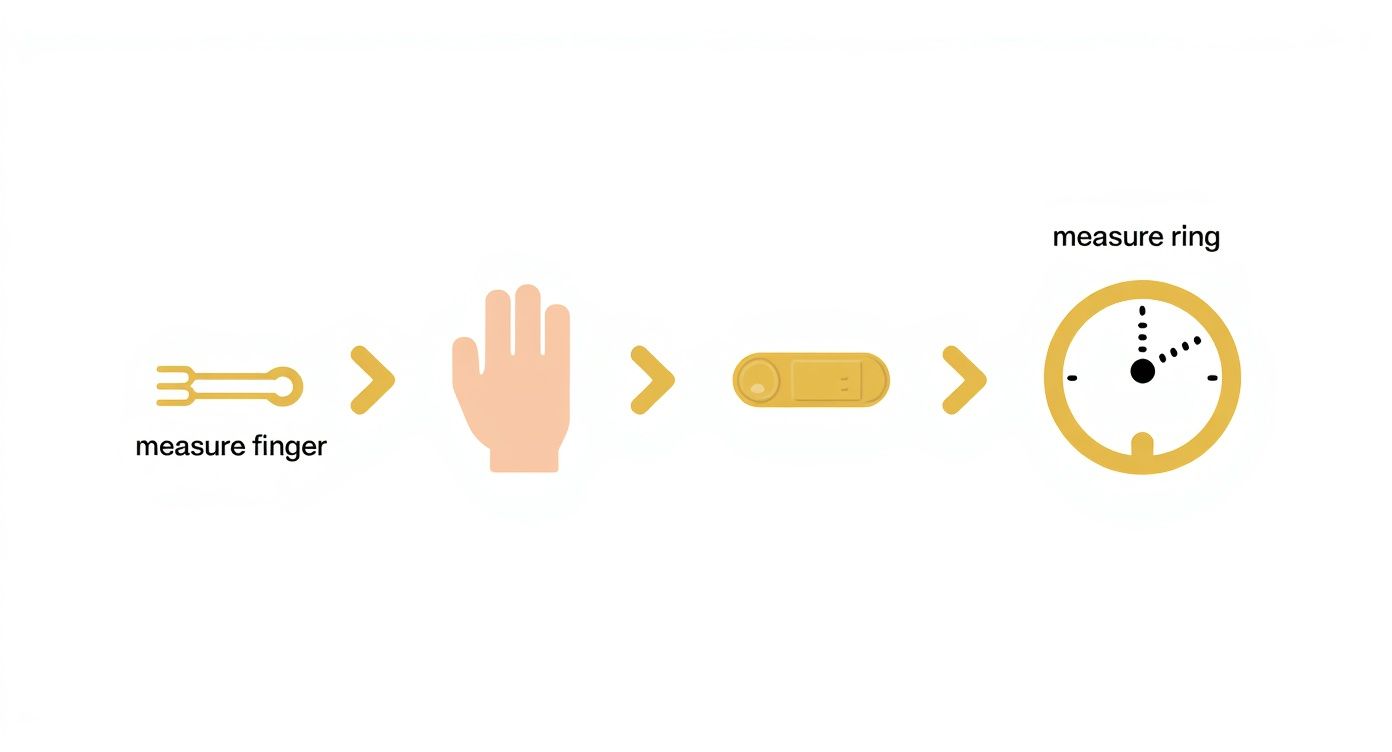
It’s a great visual guide that highlights the two main at-home methods, making it easy to see which approach works best for you.
Converting Your Measurement to a Ring Size
Once you have your measurement in millimeters, the next step is to convert it into a standard ring size using a chart. This is a crucial step, as sizing systems differ from country to country.
An international ring sizing chart is the tool you need to translate your measurement. These charts show how a circumference in millimeters corresponds directly to sizes in different regions, like the US, UK, and Japan. You can find a detailed chart further down in this article.
For the most reliable result, measure your finger two or three times at different points in the day to find a consistent average. Your fingers can swell slightly in the morning or in warmer weather, so taking an average measurement accounts for these natural fluctuations.
With your precise number in hand, you’re ready to explore the stunning rings in the Precious Pulse Jewelry collection with complete confidence.
Using a Ring You Already Own
If you have a ring that already fits the intended finger perfectly, you're in luck. This is one of the most reliable ways to find your ring size without any guesswork. By using a ring you already wear comfortably, you eliminate the variables of finger swelling and knuckle size, making it a simple and confident way to get the job done right.
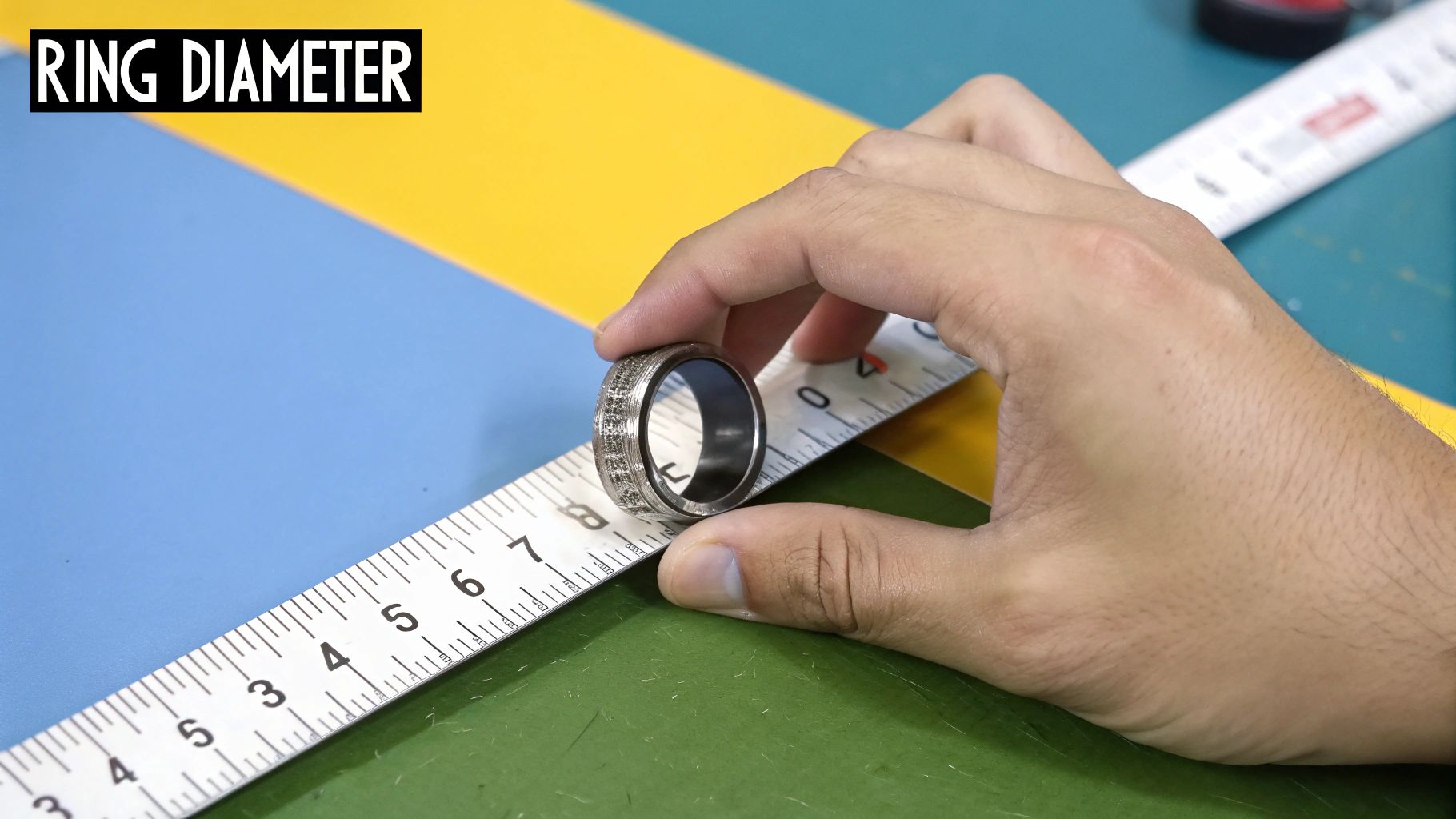
The quickest method is to measure the ring's internal diameter. Just grab a ruler with millimeter markings, lay your ring flat, and measure straight across the center from one inside edge to the other.
It’s absolutely crucial that you only measure the empty space inside the ring—don't include the metal of the band itself. That inner measurement is what corresponds directly to your finger’s true size.
Using a Printable Ring Sizer Chart
For an even more precise measurement, a printable ring sizer chart is a fantastic tool. It takes the ruler out of the equation and gives you a clear visual match.
- Download and Print: First, download a true-to-size chart. We recommend using our free printable ring sizer to ensure it's scaled correctly. Double-check with a ruler that the printed scale is accurate.
- Match Your Ring: Lay your existing ring over the circles on the printed chart.
- Find the Perfect Match: Slide your ring from circle to circle until you find the one where the black outline is still completely visible just inside your ring. The circle should fit snugly against the inner edge of your ring without being covered up.
Be careful here—if any part of the black circle is covered by your ring, that means the circle is too large and you need to try a smaller size. You're looking for that perfect fit where the inner edge of your ring lines up exactly with the outer edge of a sizing circle.
A Note on Ring Band Width
One of the most common mistakes people make is forgetting to account for the band's width. A wider band (think 6mm or more) has a lot more surface area touching your finger, which will make it feel much snugger than a delicate, thin band of the exact same size.
For these bolder, wider styles, it’s a smart move to go up by a half or even a full size to ensure it’s comfortable for daily wear. It's a small detail that makes a huge difference, especially when you’re looking at the beautiful and varied styles in the Precious Pulse Jewelry collection, which features both delicate and statement pieces.
Understanding International Ring Sizes
Shopping for jewelry online opens up a world of gorgeous options, but a US size 8 isn't the same as a size 8 in Japan. Ring sizes can vary wildly across the globe, which feels confusing when you’re trying to buy a piece from an international seller. Getting a handle on these differences is the key to buying with confidence, no matter where your dream ring is from.
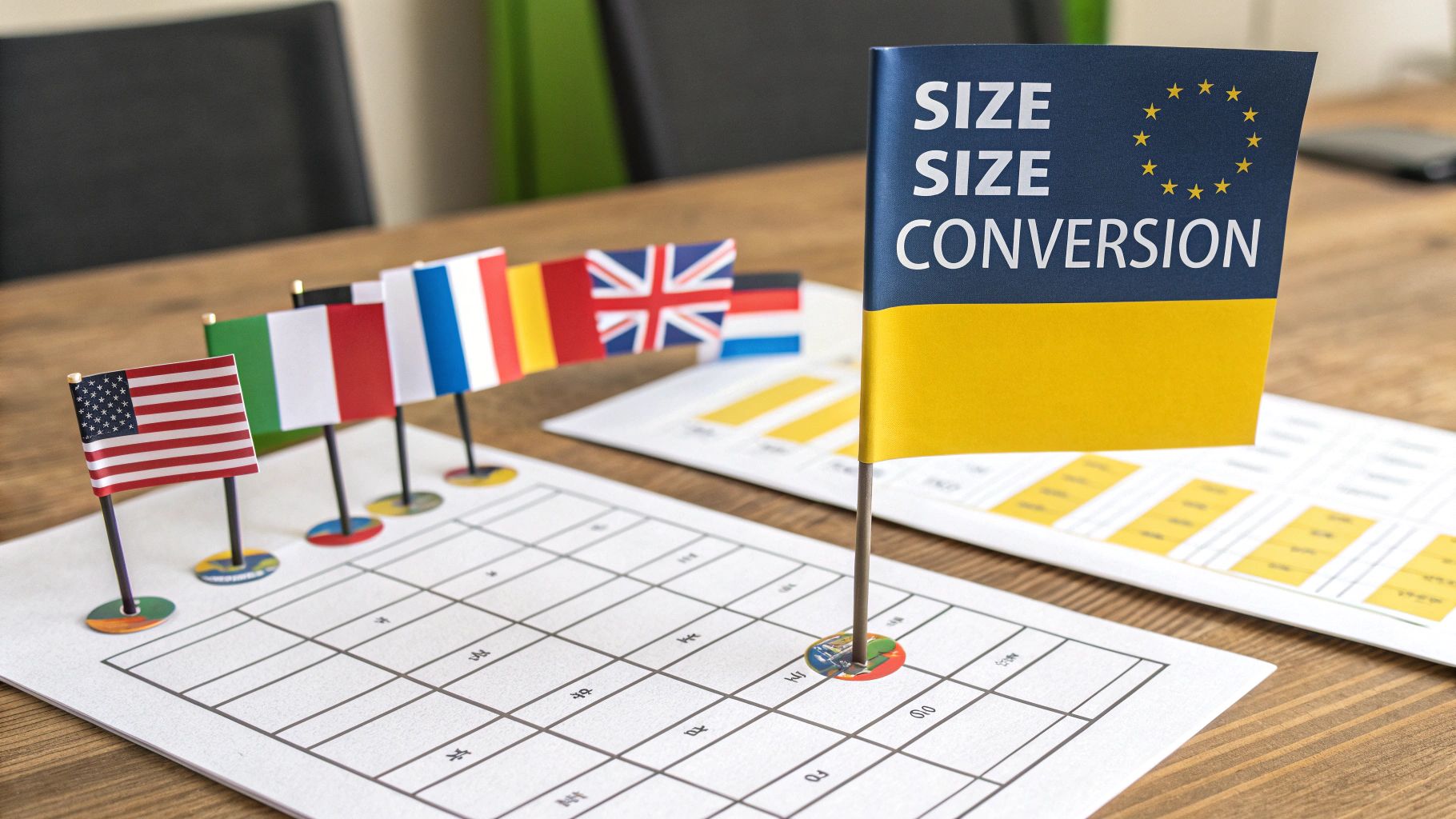
The three systems you'll run into most often are the numerical scale used in the US and Canada, the alphabetical scale popular in the UK and Australia, and the circumference-based standard common throughout Europe and Asia. Each one uses its own logic to assign sizes, so a direct conversion is essential.
Navigating Different Sizing Systems
At the end of the day, all sizing methods boil down to the physical measurement of your finger. Whether it's the inner circumference or diameter, these numbers are the foundation. From there, different countries apply their own standards to label that measurement. For example, a US size 7 corresponds to an inner circumference of 54.4 mm, which is a size O in the UK. You can even dive into the history of these measurement standards to see how they evolved.
This is why knowing your measurement in millimeters is your most powerful tool. It’s the universal language that lets you translate your size across any chart, removing all guesswork.
A common mistake is assuming sizes are interchangeable. For example, a US size 6 is roughly a UK size M, but just guessing can lead to a purchase that doesn't fit. Always, always use a conversion chart to be sure.
To make things simple, we've put together a quick-reference chart below. Once you've measured your finger's circumference or an existing ring's diameter in millimeters, you can easily find your matching size in different regions.
International Ring Size Conversion Chart
This table is your go-to reference for converting your ring size between the most common international standards. Just find your measurement in millimeters (mm) to see your size in the US/Canada, UK/Australia, and Europe.
| Diameter (mm) | Circumference (mm) | US/Canada Size | UK/Australia Size | EU/ISO Size |
|---|---|---|---|---|
| 14.86 | 46.5 | 4 | H 1/2 | 46.5 |
| 15.70 | 49.3 | 5 | J 1/2 | 49.3 |
| 16.51 | 51.9 | 6 | M | 51.9 |
| 17.35 | 54.4 | 7 | O | 54.4 |
| 18.19 | 57.0 | 8 | Q | 57.0 |
| 19.00 | 59.5 | 9 | R 3/4 | 59.5 |
| 19.84 | 62.1 | 10 | T 1/2 | 62.1 |
| 20.68 | 64.6 | 11 | V 1/2 | 64.6 |
| 21.49 | 67.2 | 12 | Y | 67.2 |
| 22.33 | 69.7 | 13 | Z+1 | 69.7 |
This little chart removes all the guesswork and helps ensure a perfect fit, whether you're browsing the timeless pieces in the Precious Pulse Jewelry collection or a boutique halfway across the world. With the right information, you can shop globally without a second thought.
Critical Tips For an Accurate Measurement
Getting your ring size right at home really comes down to mastering two things: timing and technique. The small details a professional jeweler never misses are often what separate a perfect fit from one that's just a little off. Follow these practical tips for a measurement you can trust.
First off, timing is everything. Your fingers naturally change size throughout the day, swelling with heat and activity or shrinking in the cold. To get the most accurate reading, always measure your finger at the end of the day when it’s at room temperature and likely at its largest.
Expert Tip: Never, ever measure your fingers when they’re cold. The cold makes them shrink down to their smallest size, and you could end up with a ring that’s painfully tight once your body warms back up to normal.
Factors That Affect Your Ring Size
Beyond the time of day, a few other things can throw off your measurement. A classic mistake is forgetting to account for the ring's design. The width of the band, for example, makes a huge difference in how a ring actually feels on your finger.
- Wider Bands Fit Tighter: A chunky ring with a wide band (think 6mm or more) covers more skin. All that extra surface area creates more friction and pressure, making the ring feel much snugger. For these bolder styles, it’s a good idea to go up a half or even a full size.
- Avoid Stretchy Materials: If you’re trying the string or paper method, make sure your material has zero give. Dental floss or a firm strip of paper works great. Using something like yarn or an elastic string will stretch as you pull it, giving you a completely inaccurate (and much smaller) measurement.
It can also be helpful to know where you fall in the grand scheme of things. For example, one jeweler's data revealed that about 50% of women's ring orders are for sizes 6 through 8. For men, the sweet spot is typically between sizes 9 and 11. You can learn more about these average ring size findings to see how your numbers stack up.
Combine these tips with a good measuring tool, and you’ll be much closer to finding that perfect, comfortable fit. For a solid at-home option, check out our guide on using printable ring sizers online to double-check your work.
Common Ring Sizing Questions Answered
Even with what seems like a perfect measurement, you might still have a few lingering questions. Getting the right answers to these common sizing dilemmas can make all the difference when you're ready to find that perfect ring from the Precious Pulse Jewelry collection.
One of the first questions people ask is what to do when their measurement falls between two sizes. In this scenario, it's almost always best to size up. A ring that's slightly loose is far more comfortable—and much easier for a jeweler to adjust—than one that's painfully tight. This is especially true on warmer days when your fingers naturally swell.
Another frequent concern is the fit of wider bands. As mentioned, a wider band covers more of your finger, creating a snugger feel. Sizing up by at least a half size for bands over 6mm wide is a smart move you won't regret.
Handling Sizing Challenges
Your fingers aren't static; they change size based on temperature, humidity, and even diet. That's why measuring at room temperature toward the end of the day usually gives the most reliable result. By accounting for these minor fluctuations, you'll choose a size that remains comfortable day in and day out.
Another crucial thing to think about is whether a ring can even be resized later on. Not all of them can.
- Easy to Resize: Rings made from precious metals like gold, silver, and platinum are generally a straightforward job for any skilled jeweler. Simple bands without intricate patterns or a full circle of gemstones are the easiest to work with.
- Difficult or Impossible to Resize: Eternity bands (the ones with stones wrapping the entire ring), tension settings, and rings made from tough materials like tungsten or titanium often cannot be resized at all.
Knowing this ahead of time helps you choose a design that truly fits your lifestyle. And if you ever find yourself unhappy with the size you chose, our guide on what to do if your engagement ring size is wrong offers some practical next steps.
The bottom line is to anticipate small fluctuations. Choosing a slightly larger size when in doubt and understanding a ring's resizing potential will help you make a purchase you'll love for years to come.
Now that you know how to measure your ring size with confidence, explore the beautiful and affordable collection at Precious Pulse Jewelry. Find your perfect fit today at https://preciouspulsejewelry.com.
